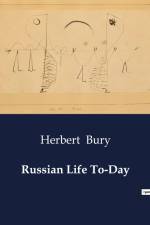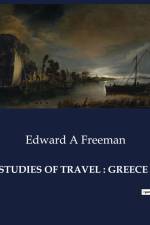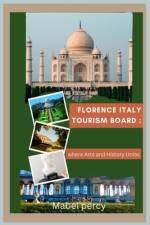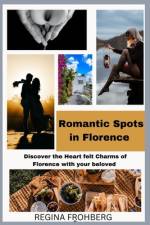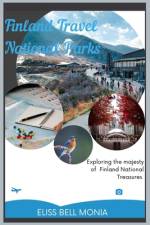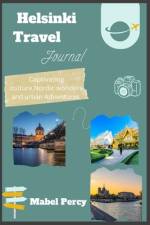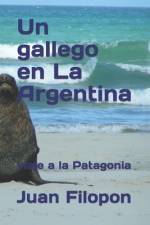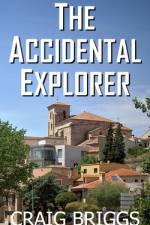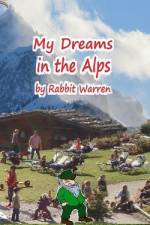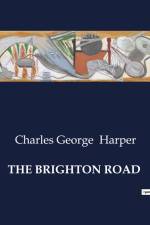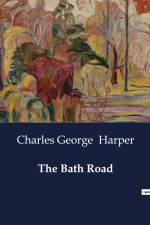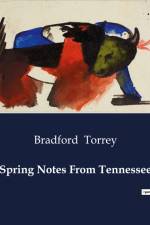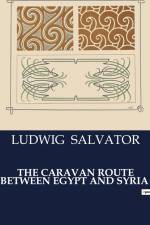- Discover The Best Of Córdoba With Local Insights"
av Ana C Curry
189,-
With the help of this thorough Córdoba Travel Guide 2023-2024, discover the captivating city like never before. This book is your go-to companion for discovering the hidden treasures of Cordoba, whether you're a history aficionado, a cultural vulture, or just an adventurous person. We have selected the most remarkable events for you to partake in using in-depth local knowledge, insider suggestions, and professional recommendations.Immerse yourself in the fascinating history and architectural wonders of Córdoba's UNESCO World Heritage Sites, such as the majestic Alcázar de los Reyes Cristianos and the stupendous Mosque-Cathedral. Explore the Jewish Quarter's lovely, winding lanes and lose yourself in the ethereal atmosphere. Explore the thriving local markets where you may savour genuine treats and discover special mementos to treasure.This travel guide goes beyond the well-known sights to let you discover the hidden gems that only locals are aware of. We reveal the secrets of Cordoba so you may enjoy a genuine and exceptional experience, from hidden patios filled with blossoming flowers to modest eateries offering traditional Andalusian food.Key Features of the Córdoba Travel Guide 2023-2024: Detailed Itineraries: Follow our meticulously crafted itineraries to make the most of your time in Córdoba and cover all the must-visit landmarks.Insider Tips: Benefit from the insider knowledge of local experts, who share their favorite hidden spots, local festivals, and cultural events.Restaurant Recommendations: Discover the best places to indulge in Andalusian cuisine, from traditional tapas bars to fine dining restaurants.Accommodation Suggestions: Find the perfect accommodations to suit your preferences, whether you're looking for luxury hotels, boutique guesthouses, or budget-friendly options.Transportation Insights: Navigate the city effortlessly with our transportation tips, including information on public transport, taxis, and car rentals.Cultural Etiquette: Learn about the local customs and etiquette to ensure a respectful and immersive experience during your visit.Useful Phrases: Communicate with locals using essential Spanish phrases provided in our guide, making your interactions more enjoyable and meaningful.With the Córdoba Travel Guide 2023-2024, you'll have all the tools you need to create lasting memories in this enchanting city. Whether you're a solo traveler, a family, or a group of friends, let us be your trusted companion as you explore the captivating wonders of Córdoba.Bullet Points: Discover the Best of Córdoba: Immerse yourself in the rich history, culture, and hidden gems of Córdoba.Detailed Itineraries: Follow our expertly crafted itineraries to ensure you don't miss any of the must-visit landmarks.Insider Tips and Local Insights: Uncover the city's best-kept secrets and explore off-the-beaten-path attractions.Restaurant Recommendations: Indulge in the tantalizing flavors of Andalusian cuisine at our recommended dining establishments.Accommodation Suggestions: Find the perfect place to stay, tailored to your preferences and budget.Transportation Made Easy: Navigate the city effortlessly with our transportation insights and tips.Cultural Immersion: Learn about local customs, etiquette, and useful phrases to enhance your experience.why hesitate get some copy for your self now!!!




